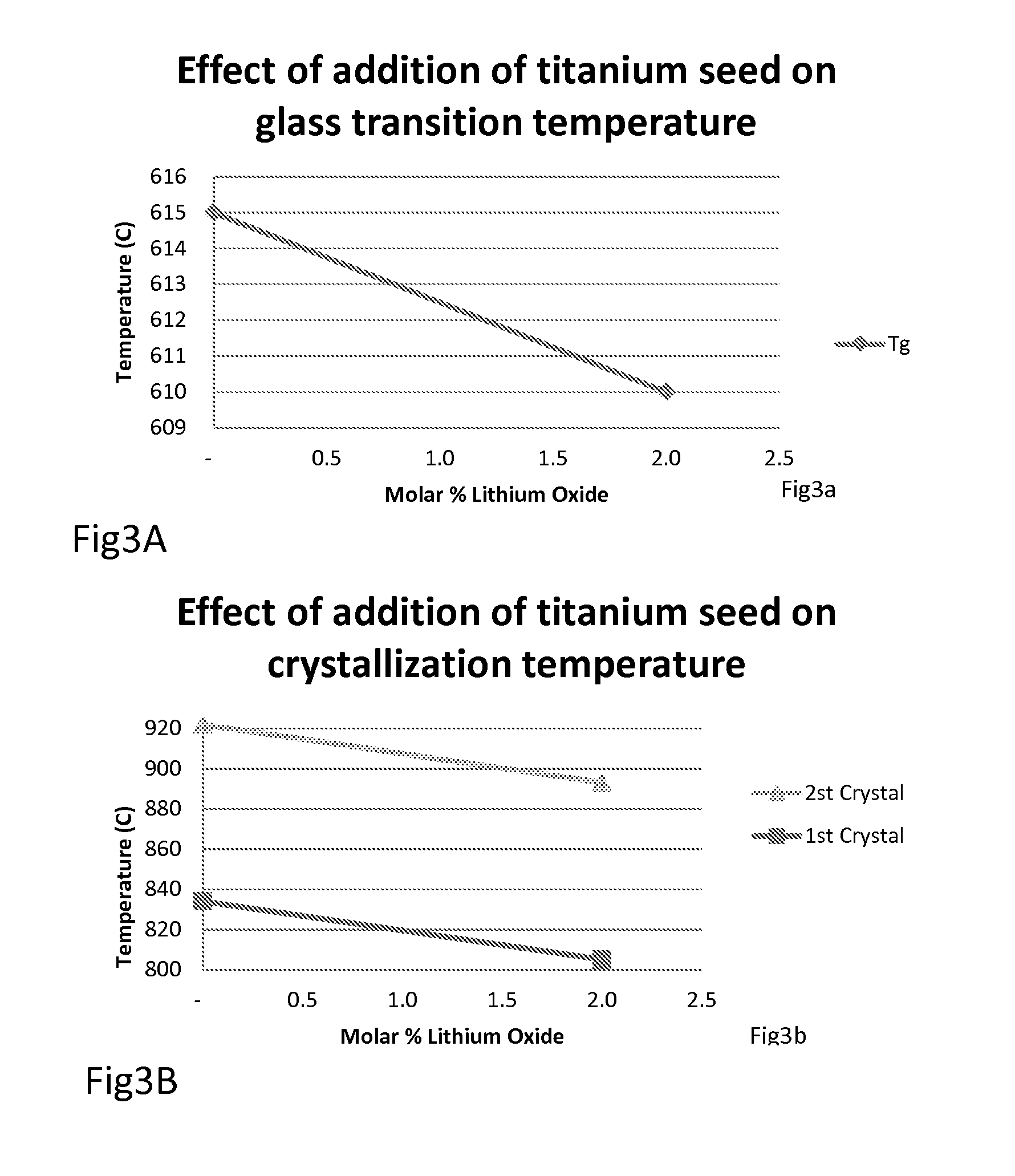High Temperature Substrate Attachment Glass
a substrate attachment and high temperature technology, applied in the field of glass compositions, can solve the problems of affecting the sofc technology, damage to the substrate, and no previously demonstrated glass material has shown the combination of required reflow temperature, melting temperature, chemical compatibility,
- Summary
- Abstract
- Description
- Claims
- Application Information
AI Technical Summary
Benefits of technology
Problems solved by technology
Method used
Image
Examples
Embodiment Construction
[0013]Definitions. As used in this description and the accompanying claims, the following terms shall have the meanings indicated, unless the context otherwise requires:
[0014]“Percentage” of components in a glass is described in terms of the molar contribution of the individual oxide unit cell, for example moles of ZnO or Al2O3, as a percentage of the total moles of individual ingredient materials.
[0015]A “substrate” can comprise an object with a plate, cubic, rectangular, or any other geometry containing one or more substantially flat surfaces, composed of ceramic, metal, semiconductor material, or combination thereof.
[0016]“Glass frit” refers to a powdered glass material.
[0017]The “first crystallization temperature” of a glass is the lowest temperature at which the glass experiences an onset of substantial crystallization.
[0018]We have found that the prior disclosed compositions of material shown to bond substrates to one another for high temperature environments can be improved d...
PUM
| Property | Measurement | Unit |
|---|---|---|
| glass transition temperature | aaaaa | aaaaa |
| glass transition temperature | aaaaa | aaaaa |
| crystallization temperature | aaaaa | aaaaa |
Abstract
Description
Claims
Application Information
 Login to View More
Login to View More - R&D
- Intellectual Property
- Life Sciences
- Materials
- Tech Scout
- Unparalleled Data Quality
- Higher Quality Content
- 60% Fewer Hallucinations
Browse by: Latest US Patents, China's latest patents, Technical Efficacy Thesaurus, Application Domain, Technology Topic, Popular Technical Reports.
© 2025 PatSnap. All rights reserved.Legal|Privacy policy|Modern Slavery Act Transparency Statement|Sitemap|About US| Contact US: help@patsnap.com



